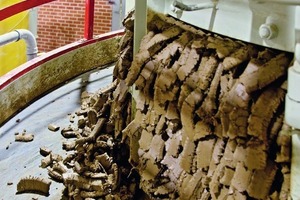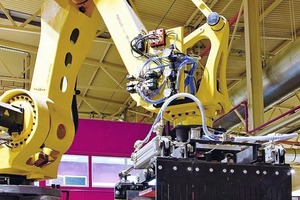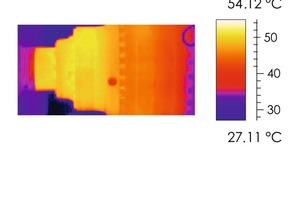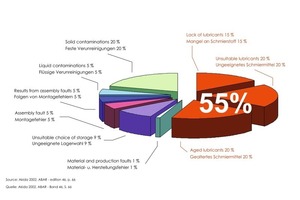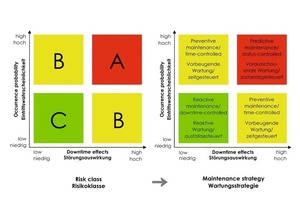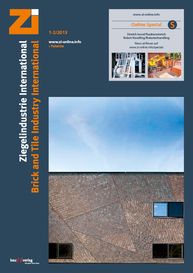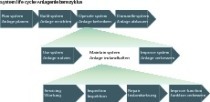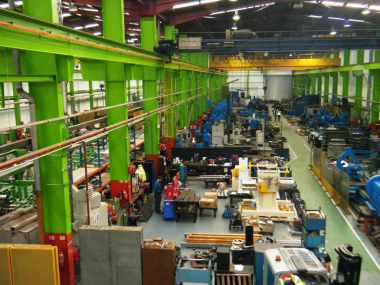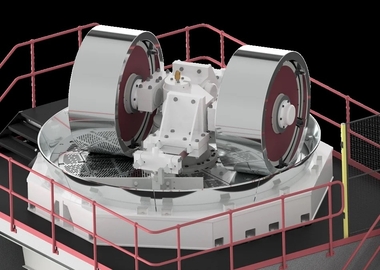Optimized wear part planning and production – preventing plant downtime
The following article shows how predictive maintenance can be practically implemented in a brick factory as part of an integrated maintenance strategy.
1 Introduction
With integrated production processes and the increasing removal of buffers, the maintenance of plants and machinery is becoming more and more important. In particular, plants running around the clock react sensitively to unplanned breakdowns. In order to keep to the production schedule despite failures, the right spare parts have to be available immediately. However, for cost reasons many companies refrain from keeping stocks of spare and wear parts entirely or are gradually reducing their stocks of spare and wear parts. From this contradiction the idea of predictive...

